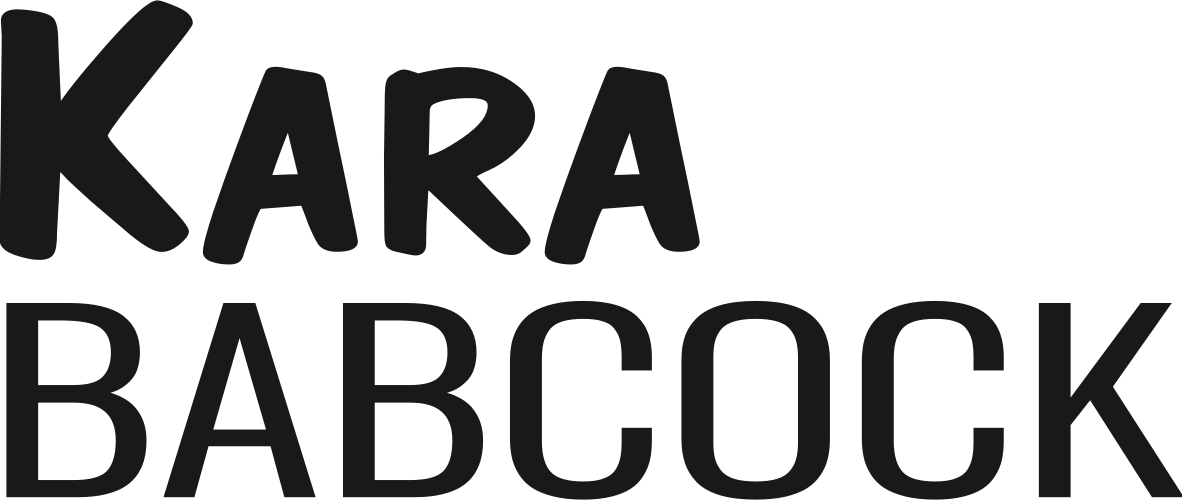Some thoughts on Hidden Figures, the movie
I just returned from watching Hidden Figures, and I have some thoughts! Going to try to keep this short (I’m tired), but this is more than 140 characters, and I don’t like threads. That’s what blog posts are for. Also, I already reviewed the book, so read that for more information on the basic premise and why it’s so exciting. I’m going to try to restrict myself to gushing about the movie itself. And yes, I’m going to gush. Hidden Figures was excellent, sublime even. I’m not sure I have words to describe how much I enjoyed it.
First, this movie is a brilliant piece of American propaganda. It really is. It captures that “can-do” attitude that American movies always like to evince about their history, the sense of American exceptionalism, dedication, and hard-working spirit that has them “win” the space race (eventually). Yes, the movie does this by showing how Americans of all races and colours come together to achieve orbital flight, and then the moon landing. But this is unquestionably a movie that celebrates the triumphs of a booming, technologically-savvy post-WWII United States. This does not do much for me, personally, as a Canadian and someone who doesn’t have much use for nationalism or national narratives. However, I don’t think it should be overlooked as a selling point for the movie.
Whereas most such propaganda movies, including space-related stories, have focused on the contributions and actions of white men, Hidden Figures, as the name implies, foregrounds women sidelined by history. Moreover, instead of focusing on the derring do, the physicality of the challenges of spaceflight, the movie champions the mental challenges, the mathematical and engineering problems that had to be overcome. Obviously, as a teacher, I find this very exciting. Until now, I haven’t really had a good movie to show in math class (one of my favourite mathematical movies is 21, but I’m not big on showing that in a school setting, even to adults…). I can’t wait for Hidden Figures to come out on DVD. I finally have a mathematically-savvy movie, and it also comes with issues of race and social justice (I like to show Remember the Titans in my English class on occasion for the same reason).
The movie does an excellent job of depicting and dramatizing the mathematical nature of Vaughan, Johnson, and Jackson’s work. I was impressed by how it could hew so closely to history, by how it didn’t need to make up conflict for the sake of drama. The tension in so many of those moments, the triumph when Johnson made a breakthrough—it was enough. The real story, the true story, is sufficiently dramatic, and I’m so happy to see it rendered so well on the big screen. Mathematics is such an invisible field that is all too often relegated to the background, treated as something “those smart people” do—you know, pretty much like sanitation: essential but out of the spotlight. We are overdue for a movie that champions mathematics. I also love how the movie shows the transition from human computing power to electronic computing power, the way Vaughan and her girls anticipate the future of computing and start mastering those machines. This is an aspect of the history of computing that I don’t think we appreciate as much as we do the smartphones and other gadgets we have as a result.
Similarly, we are overdue for a movie that features three excellent Black actors passing the Bechdel test and highlighting the accomplishments of three amazing women in American aeronautics and computing history. Taraji P. Henson, Octavia Spencer, and Janelle Monáe have so much chemistry. They rule that screen from the very first minute to the very last. Each of them gets at least one crowning moment of awesome, one big speech that highlights the very real issues of oppression that still exist, to one extent or another, today. The speeches themselves are such that, from the mouths of lesser actors, they could easily come out trite and clichéd and uninspiring. From these three women, the speeches are moving and heartfelt.
I can only hope that there are young Black girls watching this movie and seeing themselves in it, feeling validated for loving math, for thinking in number, for seeing equations and graphs where others see the flight of a football. Representation matters. And this is not fiction. It is history. It happened. Women have always made important contributions to mathematics, stretching back to Hypatia in Greece and forward through the twentieth century with Noether, Kovalevskaya, and others. That we cannot name as many of them as we can men is not the fault of those women but the fault of how we record and teach history itself. Vaughan, Johnson, and Jackson are not shining exceptions; they are simply excellent examples of the hundreds, thousands of women who managed to succeed against such odds.
On that note, I’ll conclude with this: it is tempting, I think, for people like me to write off this movie as a celebration of meritocracy. Katherine Johnson is eventually accepted by the Space Task Group because she proves herself. She shows that she has the mathematical skills to succeed. But this is the farthest thing from a meritocracy. Johnson had to overcome significant barriers to succeed, barriers that should not have been there in the first place. For me, the best moment of the movie was the end of the scene between Vaughan and Vivian Mitchell in the women’s washroom. Mitchell tells Vaughan, “You know, I really don’t have anything against y’all.” And Vaughan, before leaving the room, says, “I know. And I know you really believe that.”
My first blog post of the year, also inspired by Hidden Figures (the book) was about blindspots. Those words resonated with me, because I am closer to Mitchell, or at least to Al Harrison, than I would be to any of the other characters. I might think I mean well, that I don’t hold any bigoted views, that I’m just “following the rules”. But it’s what I don’t see, it’s the oppression I don’t understand, because I don’t live it, that is particularly pernicious. Hidden Figures cannot wash away hundreds of years of oppression and racism, but it does a good job of reminding us to be more introspective about how we act. It reminds us that the struggle for civil liberties so prominent in the 1960s is far from over. What will you do about it?

